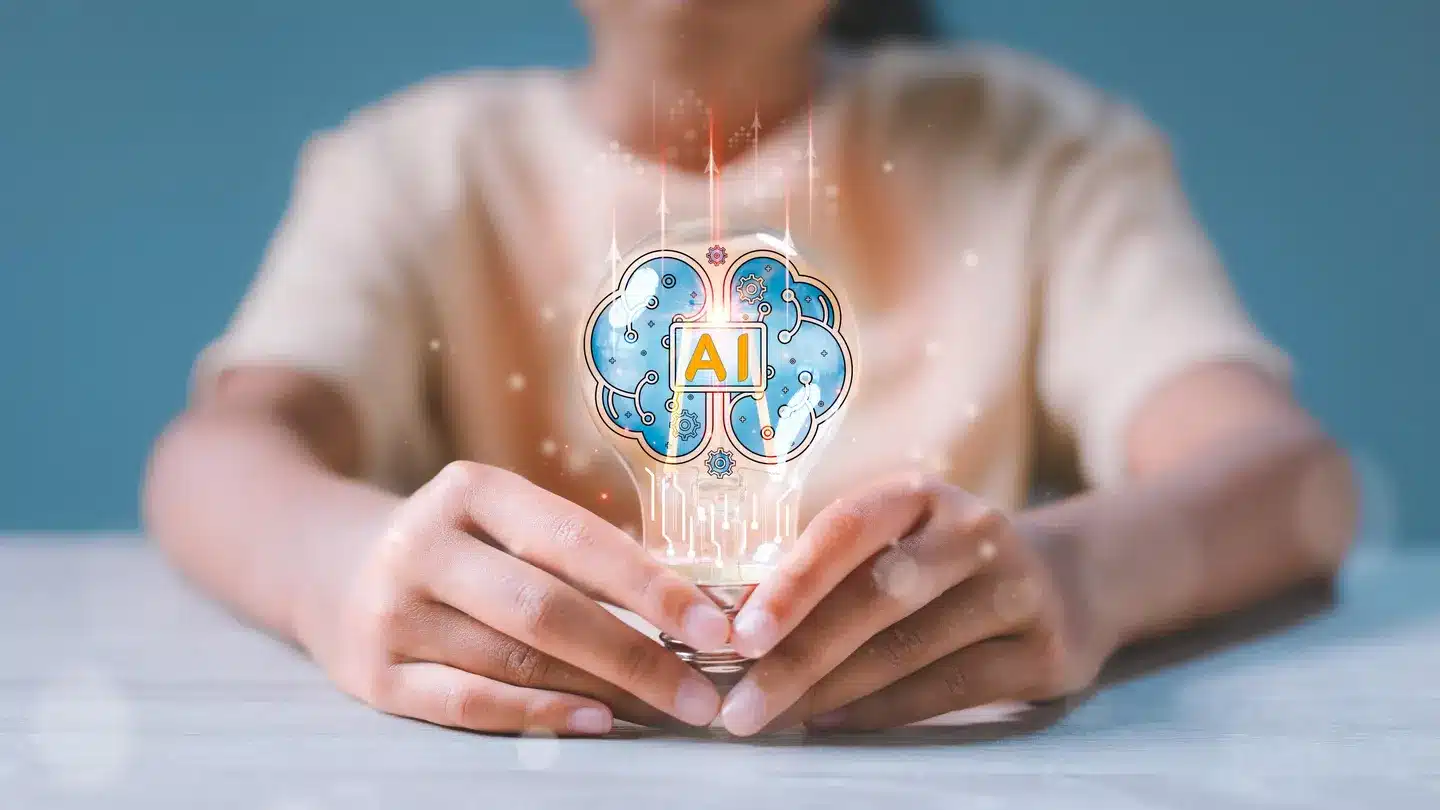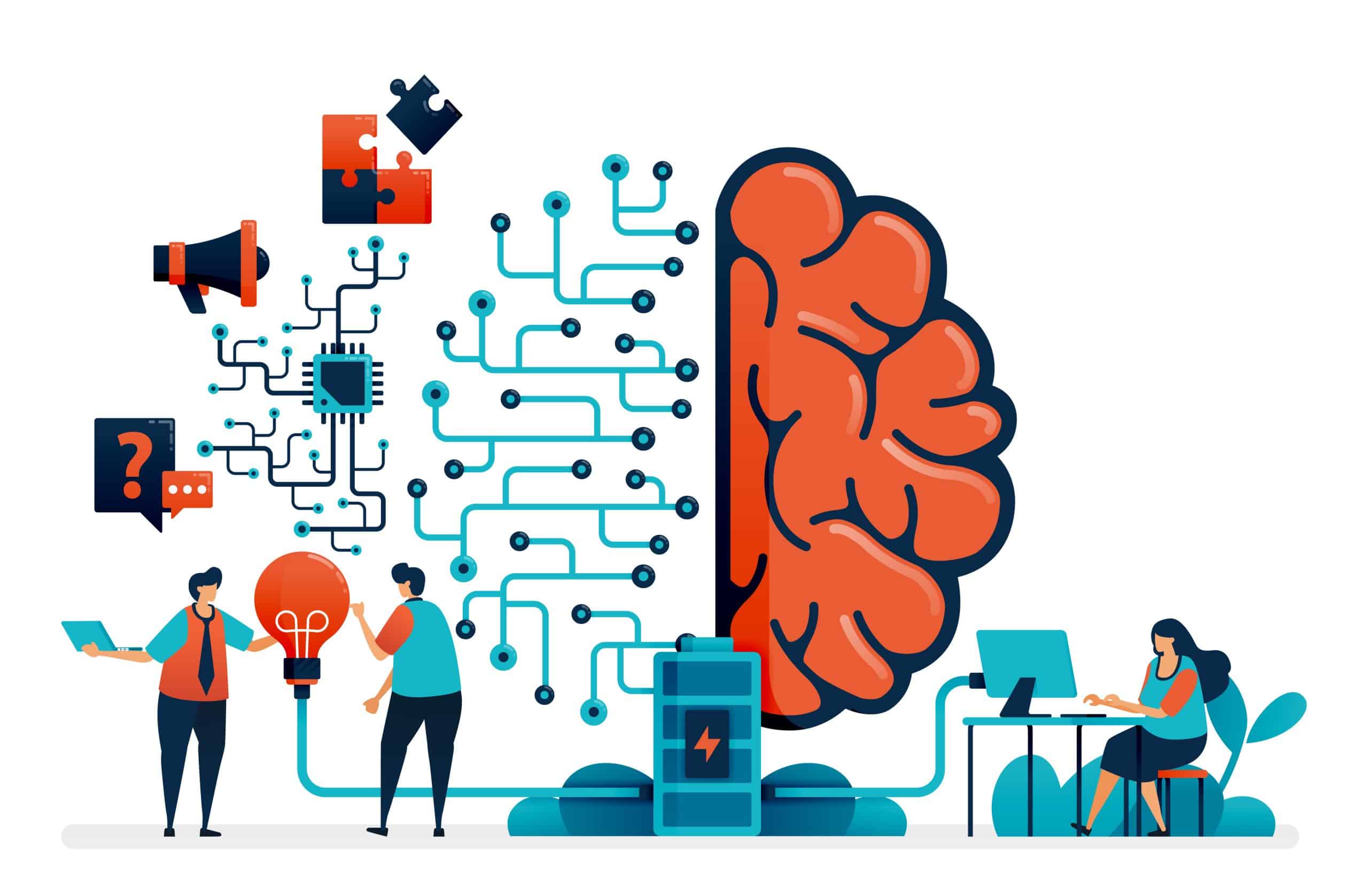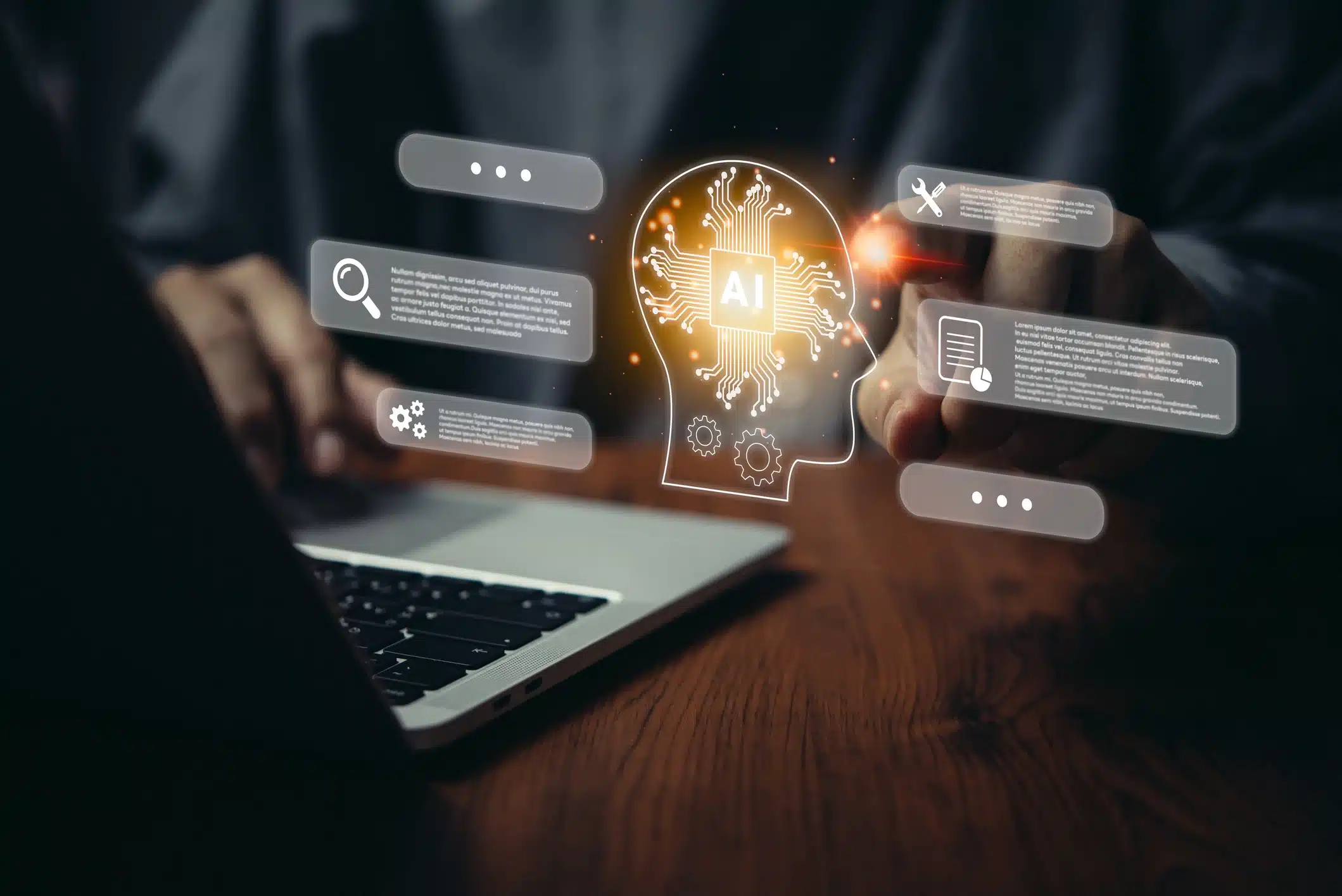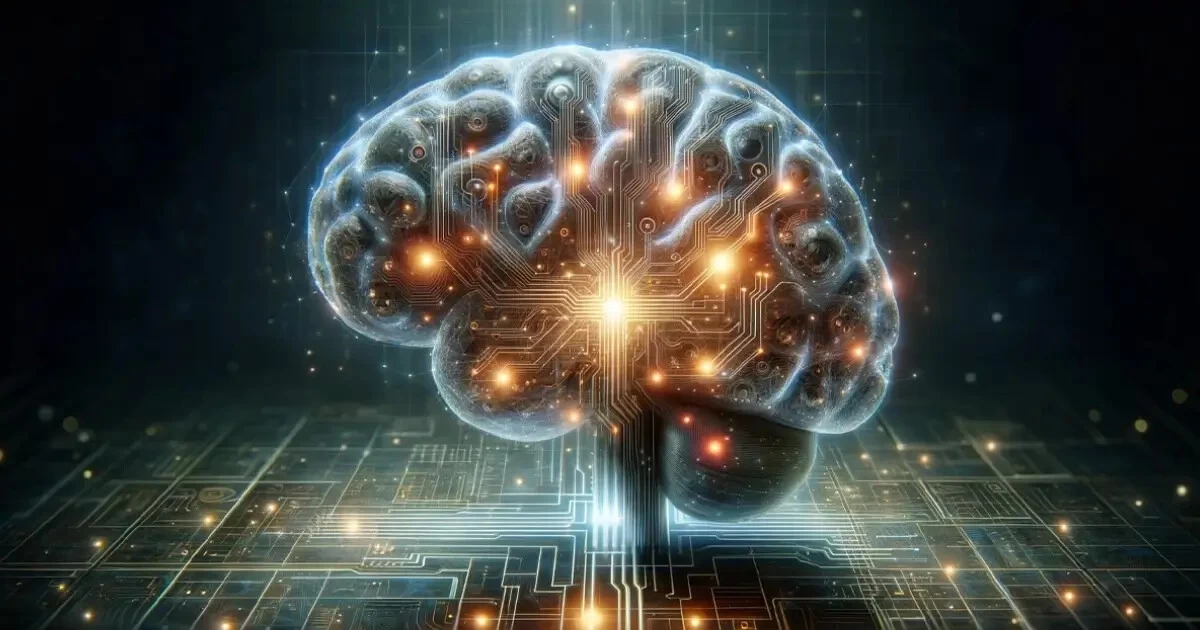- 🚀 AI’s rapid advancements reveal an “Idea Gap” where human creativity struggles to keep pace with AI’s execution capabilities.
- 🧠 Responsible AI use demands novel human ideas to harness its power and prevent repetitive or misdirected outcomes.
- 🎓 Education reform is essential to emphasize creativity and deep thinking alongside technology to foster idea generation.
- ⚙️ The potential for AI to automate tasks could reduce the idea to execution ratio from 1:1,000 to 1:10 or even 1:1.
- 🤔 While AI could potentially guide decisions, without human input and diversity, it risks producing monotonous outcomes.
- 🌐 A future with AI-led industry control and political influence could arise without careful oversight and human vision.
- 📚 Emphasizing alignment of AI with human values is crucial, coupled with a clear vision for using AI advancements effectively.
- 🔄 Practicing new thinking skills is vital for leveraging AI’s potential in a way that enhances societal prosperity.
In the era of artificial intelligence (AI), we are witnessing technological advancements at an unprecedented pace. AI systems are setting new benchmarks in efficiency and execution almost daily, but there’s a critical challenge we need to address—the “Idea Gap.” This gap highlights a striking disparity: while AI excels at executing tasks, human creativity isn’t keeping pace with its capabilities. This blog post explores the implications of this gap and how we can bridge it by fostering creativity and innovation.
Understanding the AI Idea Gap
At its core, the Idea Gap is about missing novel human input in the AI landscape. AI’s ability to perform tasks has grown exponentially; however, the creative human ideas necessary to direct this power productively are scarce. Without these fresh insights, we risk falling into patterns that AI merely replicates without adding real value or innovation.
The Importance of Responsible AI Use
For AI to reach its full potential, the responsible use of its capabilities is paramount. This involves generating and applying innovative human ideas to guide AI in a direction that benefits society. Without human intervention and creative thought, AI might continue to churn out repetitive solutions or, worse, venture into misdirected applications that could have adverse effects.
Education Reform: A Catalyst for Creativity
To bridge the Idea Gap, we must reform educational systems to prioritize creativity and deep thinking. While the current focus is heavily skewed towards technical proficiency, future curricula should balance this with courses that encourage independent thought and creative problem-solving. Here’s how we can achieve this:
- Integrating Arts and Humanities: By blending science with subjects that promote imagination and ethical considerations, students can develop a holistic perspective.
- Encouraging Critical Thinking: Programs that challenge students to think differently and explore alternatives can foster an environment rich in creative possibilities.
- Hands-on Problem Solving: Curriculum that involves real-world problem scenarios can help students cultivate innovative solutions.
Automating the Future: Shifting the Idea to Execution Ratio
AI’s potential to automate tasks can significantly reduce the idea to execution ratio, enabling more innovative ideas to see the light of day. Currently, for every innovator, there are hundreds executing ideas. With AI taking over routine tasks, more people can engage in ideation, fostering a culture of innovation.
The Risks of AI Without Human Oversight
Though AI can guide decisions, it lacks the nuanced understanding of human diversity and needs. Without human oversight, AI could easily propagate monotonous and narrow solutions, devoid of creativity and exploratory vision. The implications are significant:
- Industry Control and Political Influence: AI’s unchecked power could lead to sectors where machines dominate, risking autonomy over diverse human input.
- Loss of Unique Perspectives: Automating creativity could result in a homogenous landscape, missing the vibrant diversity of human thought and experience.
Aligning AI with Human Values
Aligning AI to work in harmony with human values is crucial. This alignment requires a well-thought-out vision for the roles AI will play across industries. By embedding ethical guidelines and human oversight within AI systems, we can steer its productivity towards societal prosperity.
Practicing New Thinking Skills
The ability to generate innovative ideas doesn’t appear suddenly; it requires habitual practice and education. Engaging in exercises that challenge conventional thinking and embrace complexity can help nurture these skills, allowing society to leverage AI’s full potential.
As AI continues to transform our world, embracing creativity and maintaining ethical oversight will guide us in harnessing its capabilities effectively. By narrowing the Idea Gap, we can ensure AI’s advancements lead to a prosperous future for all.
